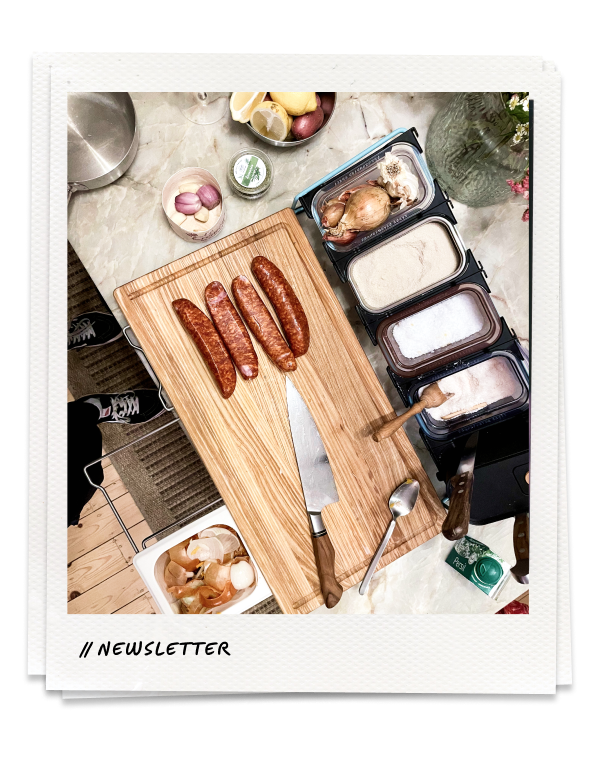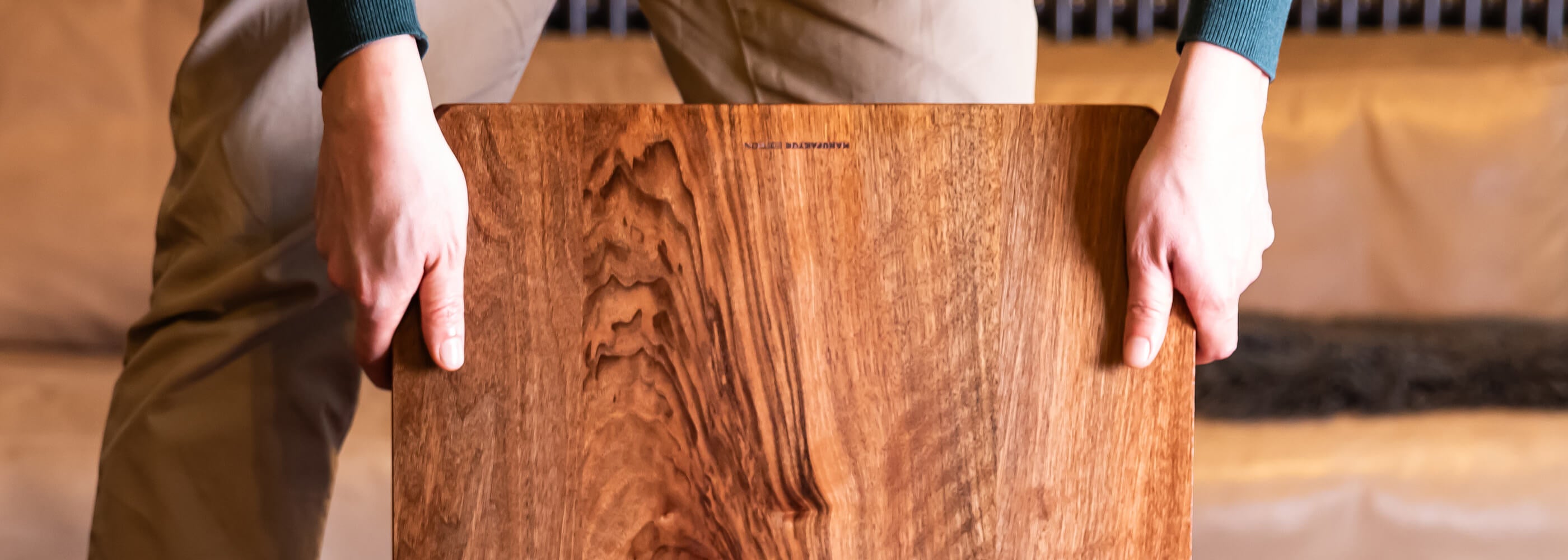
WOOD GUIDE
Of course there are differences between our types of wood. But these are so small that you can simply decide based on your aesthetic preferences. So what you would like to see in the kitchen every day.
By the way: Our EASY PADS provide a remedy against possible cut marks or discoloration caused by food.
Important: The woods shown here are examples. As with all natural products, the appearance of your board may vary from the examples shown
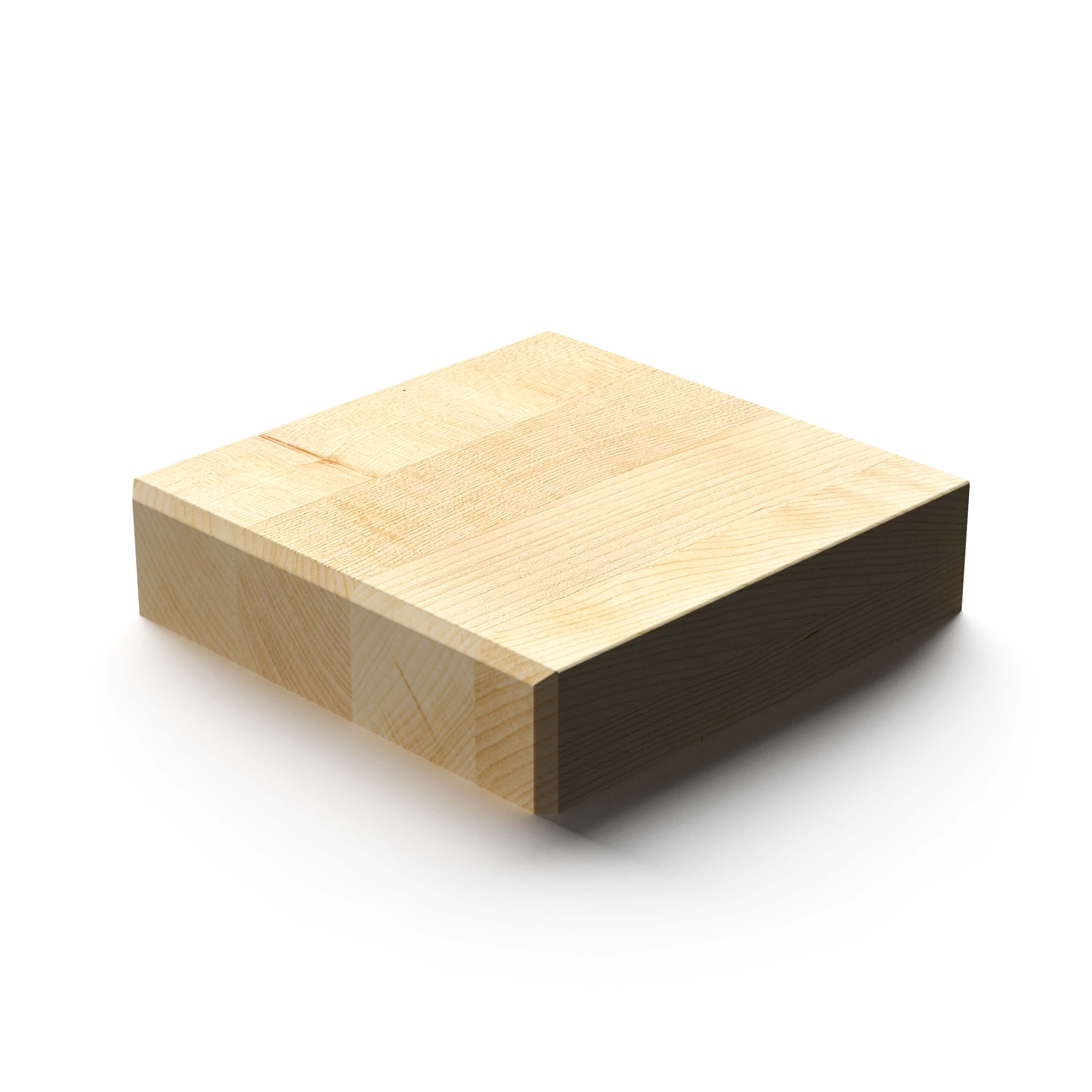
Europe
MAPLE
Maple is species-rich and widespread in the temperate latitudes of North America, Europe and Asia. The most important European representatives are the Norway maple and the sycamore maple.
The wood is only used indoors because of its low natural durability and its very decorative character. Selected mountain maple wood has long been used in musical instrument making as decorative and resonance wood for the production of plucked, stringed and wind instruments as well as drum shells.
The fine porosity and chemical properties of the wood are suitable for household, gaming and kitchen appliances Importance that even allows contact with food.
Advantages: Maple is light and has a fine, even grain. It is hard and durable without being too hard for knives. It is one of the most popular woods for cutting boards.
What to look out for: Maple can easily become stained if not cared for properly and needs to be oiled regularly.

China
BAMBOO
Bamboo is not a woody plant from a botanical perspective, but is a woody grass from the Poaceae family. Nevertheless, in many regions of Asia, South America and Africa it is more important than wood as a building and material.
Some types of bamboo are characterized by exceptionally fast growth and even surpass some types of wood in their mechanical and technological properties.
Advantages: Bamboo is light, sustainable, and naturally antibacterial. It is relatively hard and resistant to cuts. Technically speaking, bamboo is not wood, but a grass, and needs to be oiled less frequently.
What to look for: Bamboo tends to dull knives more quickly, which may cause them to sharpen more often must be. Our Easy Pads can help here.
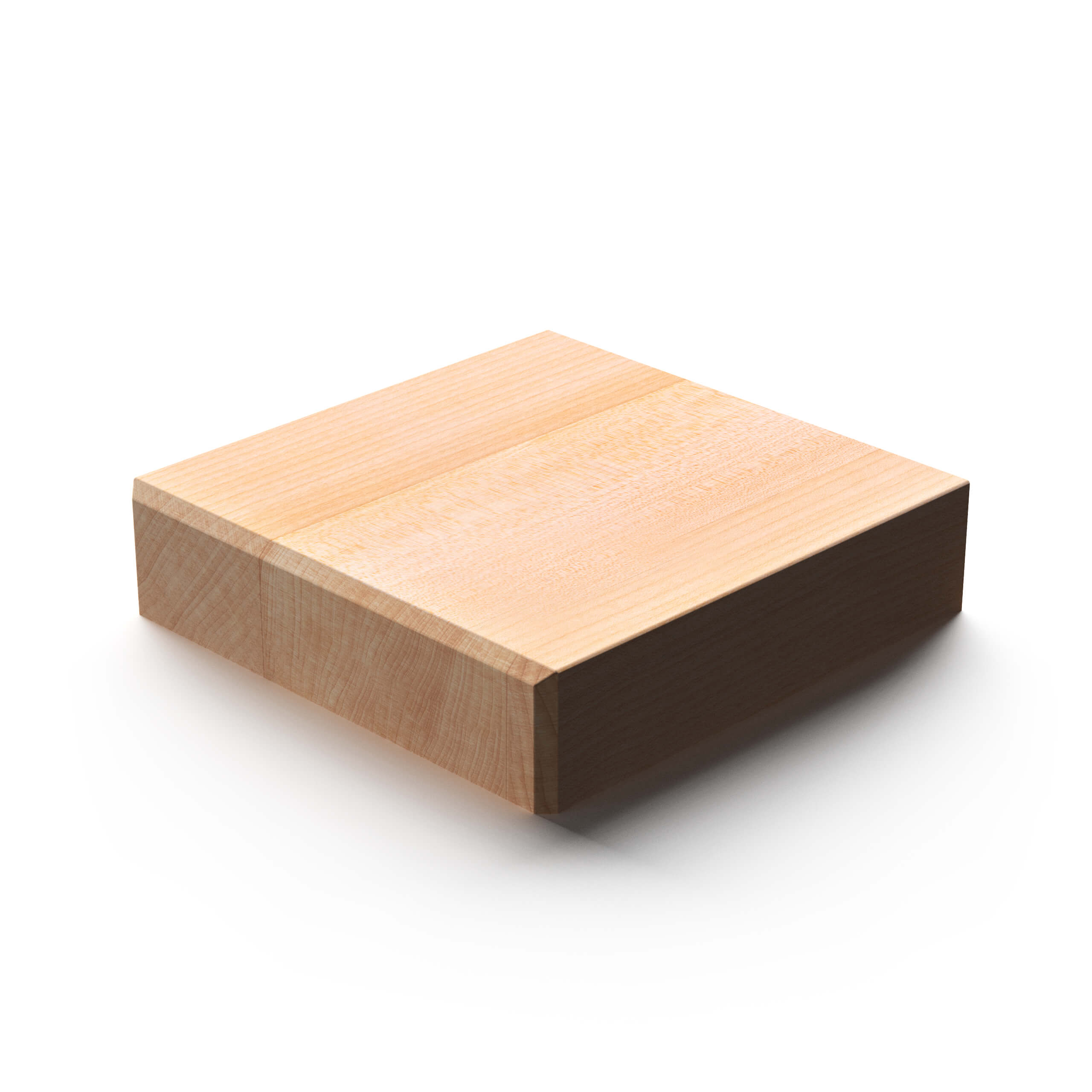
Europe
BEECH
The European beech is by far the most common type of deciduous tree in Germany and parts of Western Central Europe.
The main area of use for beech wood is furniture production. It is suitable for the production of hard and durable surfaces for heavily used furniture, especially children's and teenagers' furniture, office furniture and chairs.
Beech is also often used for smoking as it gives food a better quality than other types of wood should give a spicy taste.
Advantages: Beech is hard, durable and has an even grain.
What to look out for: Beech is prone to cracking if there is too much moisture and requires regular care. It may also show discoloration if not cleaned regularly.
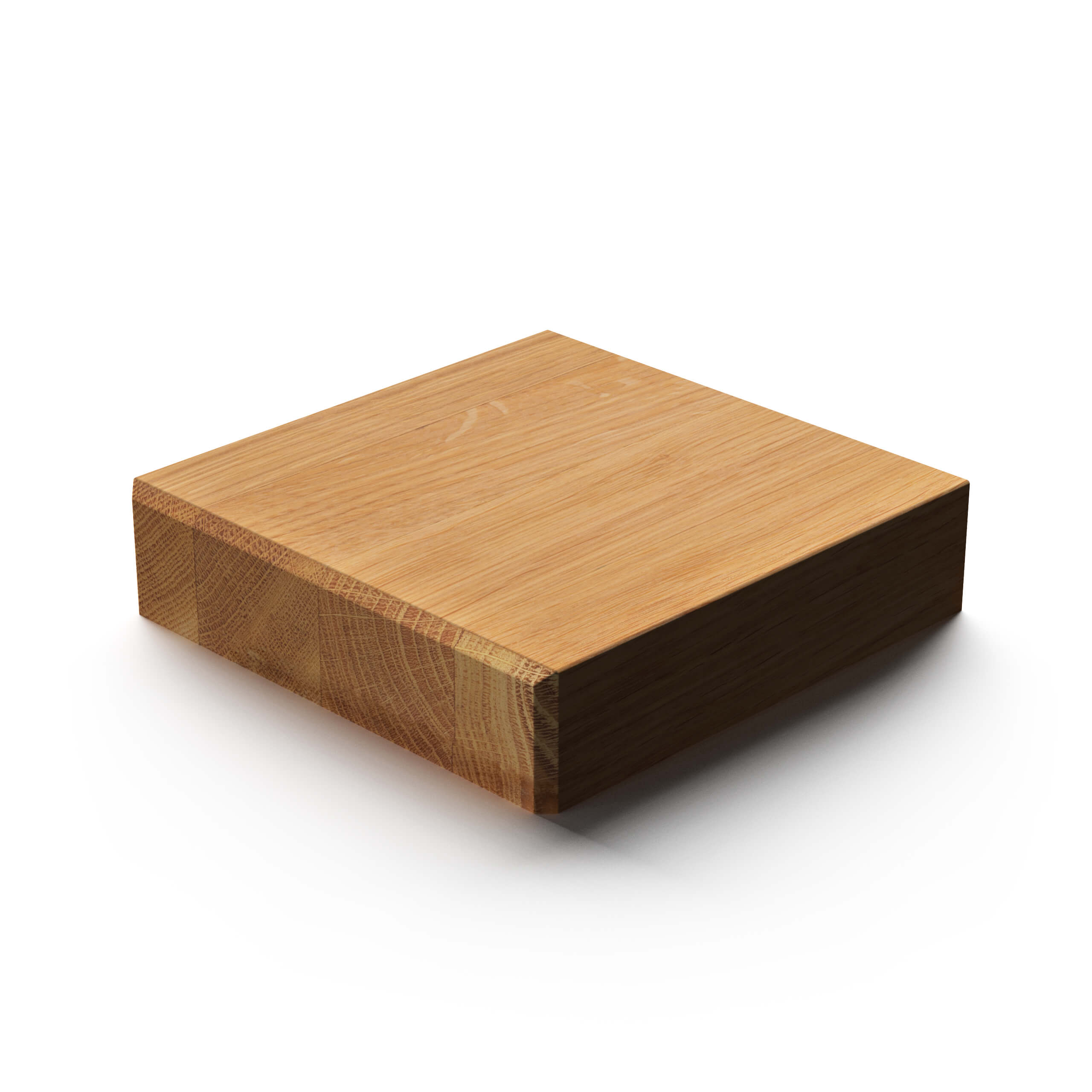
Europe
OAK
Oak is the second most common deciduous tree in Germany after the common beech and the most important deciduous tree genus in the northern hemisphere. Depending on the location and variety, an oak tree can reach a height of 30 to 50 meters and in some cases live over 1000 years.
Advantages: Oak is extremely hard and durable, which making them ideal for cutting boards. It has an attractive grain and is naturally resistant to moisture and has antibacterial properties.
What to look out for: If not properly cared for, oak wood can become porous and absorb moisture , which leads to deformation. Oak has a very high tannic acid content. This is a natural ingredient in almost all woods and is used to ward off predators. However, the tannic acid reacts with iron and can cause unsightly black spots on the board if a knife containing iron is left on the board. Unfortunately, these stains can no longer be removed.
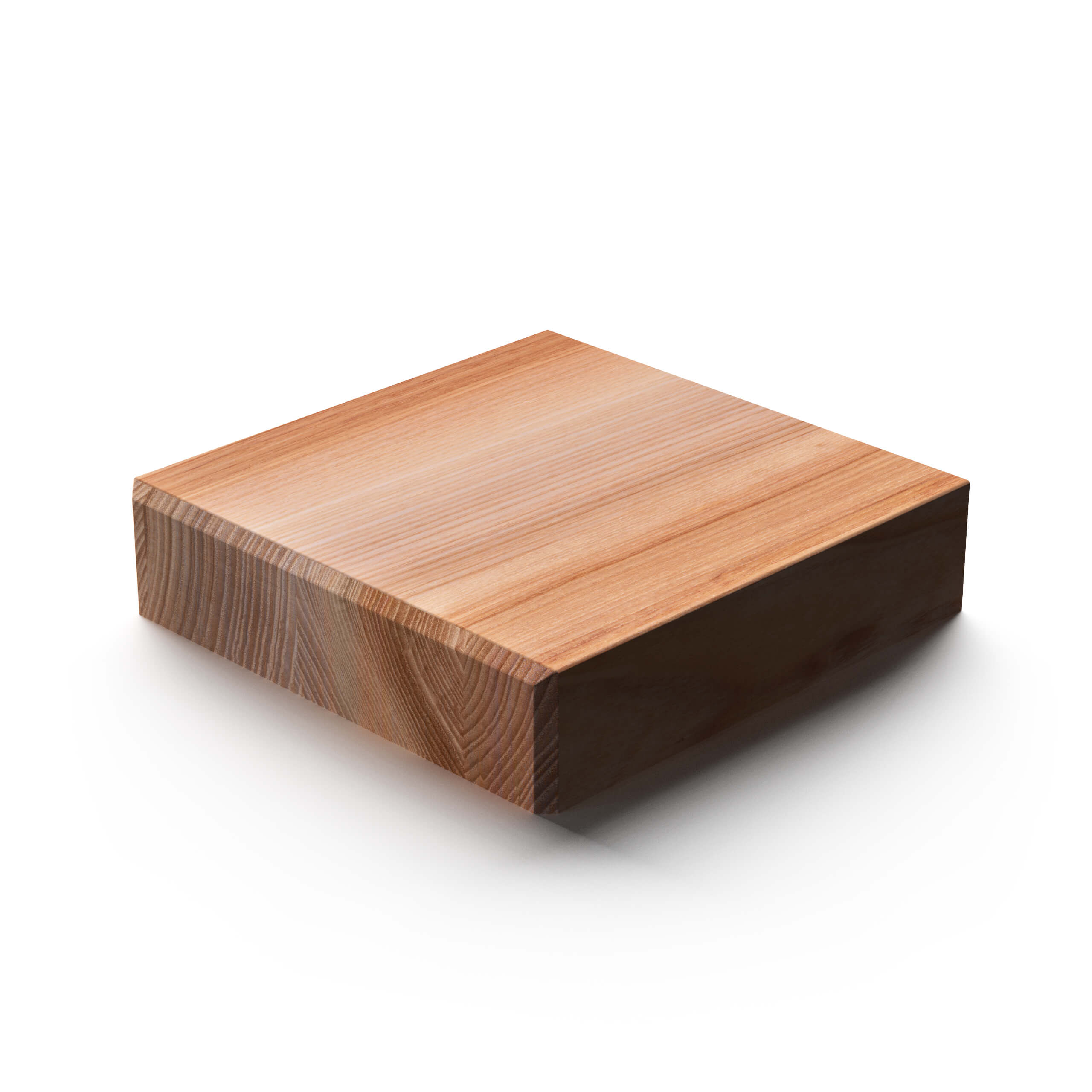
Europe
ASH
The ash tree is widespread throughout almost all of Europe and is particularly common in the northern foothills of the Alps, in Poland and in the Baltics. Ash trees are among the trees with facultative color core formation, whereby the sapwood and heartwood are light to slightly grayish and, depending on the form, can have whitish, yellowish or white-reddish tones.
Ash wood is a heavy and hard wood with good strength properties. It is elastic, abrasion-resistant and tougher than most other European wood species. It was therefore of great importance in early vehicle construction - until the 1920s almost all car bodies were made of ash wood.
Advantages: Ash is hard and resilient against wear and tear, with a beautiful grain that makes each board unique. It is also elastic and resistant to cracking.
What to look out for: Ash can swell or warp when exposed to excessive moisture. Regular care is important. Metals can cause dark discoloration when combined with moisture.
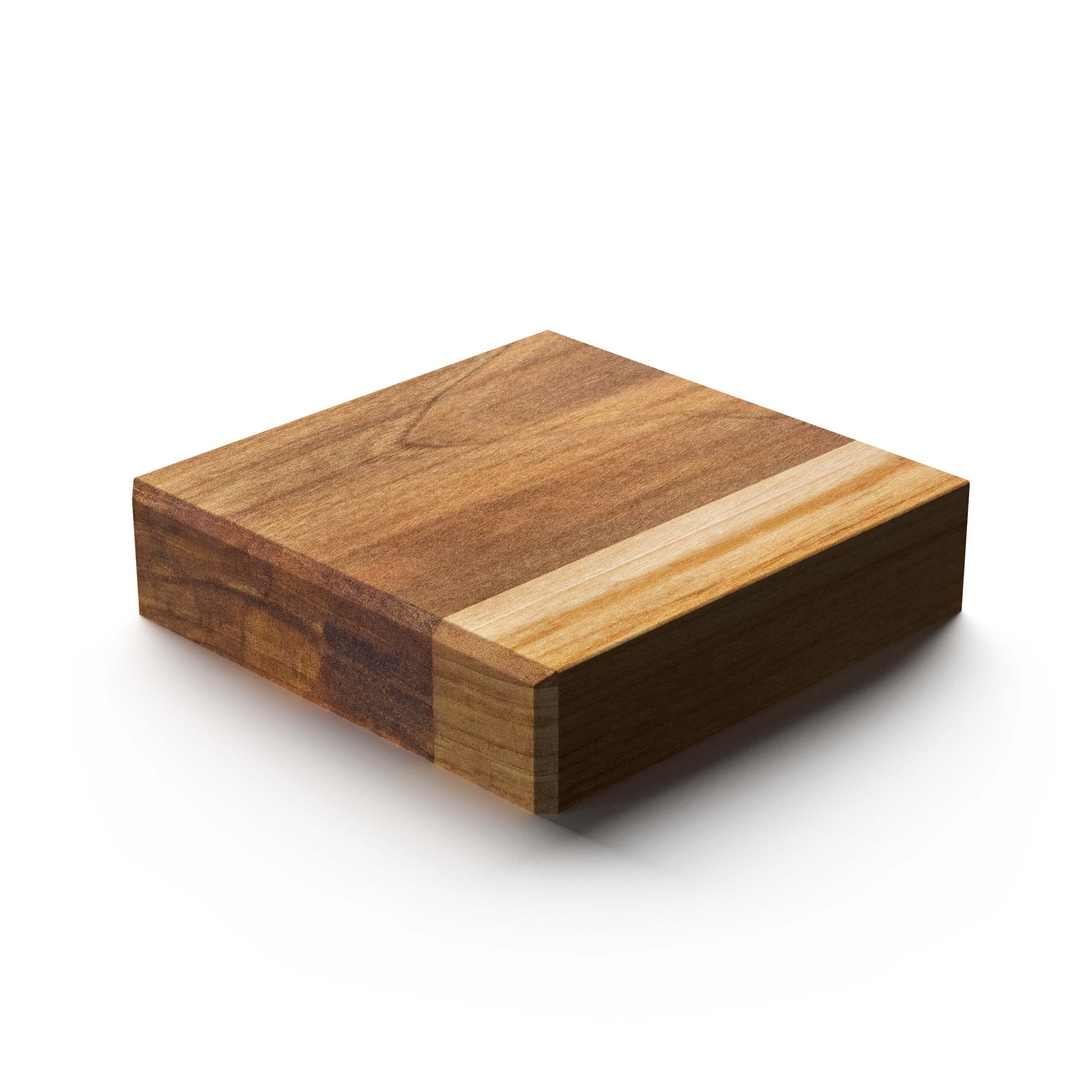
North America
SATIN NUT
The satin nut, also known as red gum or sweetgum, is characterized by its cream-colored, even sapwood and its reddish to dark brown heartwood. Within a tribe, these shades can alternate, creating an impressive marble effect. The combination of sapwood and heartwood creates an extremely decorative appearance.
In addition to the use of wood, the resin, trunks, leaves and fruits of the satin nut have medicinal uses. A resin called styrax is obtained from some species, which was already used in ancient times for incense and as a medicine.
Benefits: Satin nut has a smooth texture and an elegant, dark color. It is robust and durable, but also gentle on knife blades.
What to look out for: This wood requires regular care to maintain its optical properties.
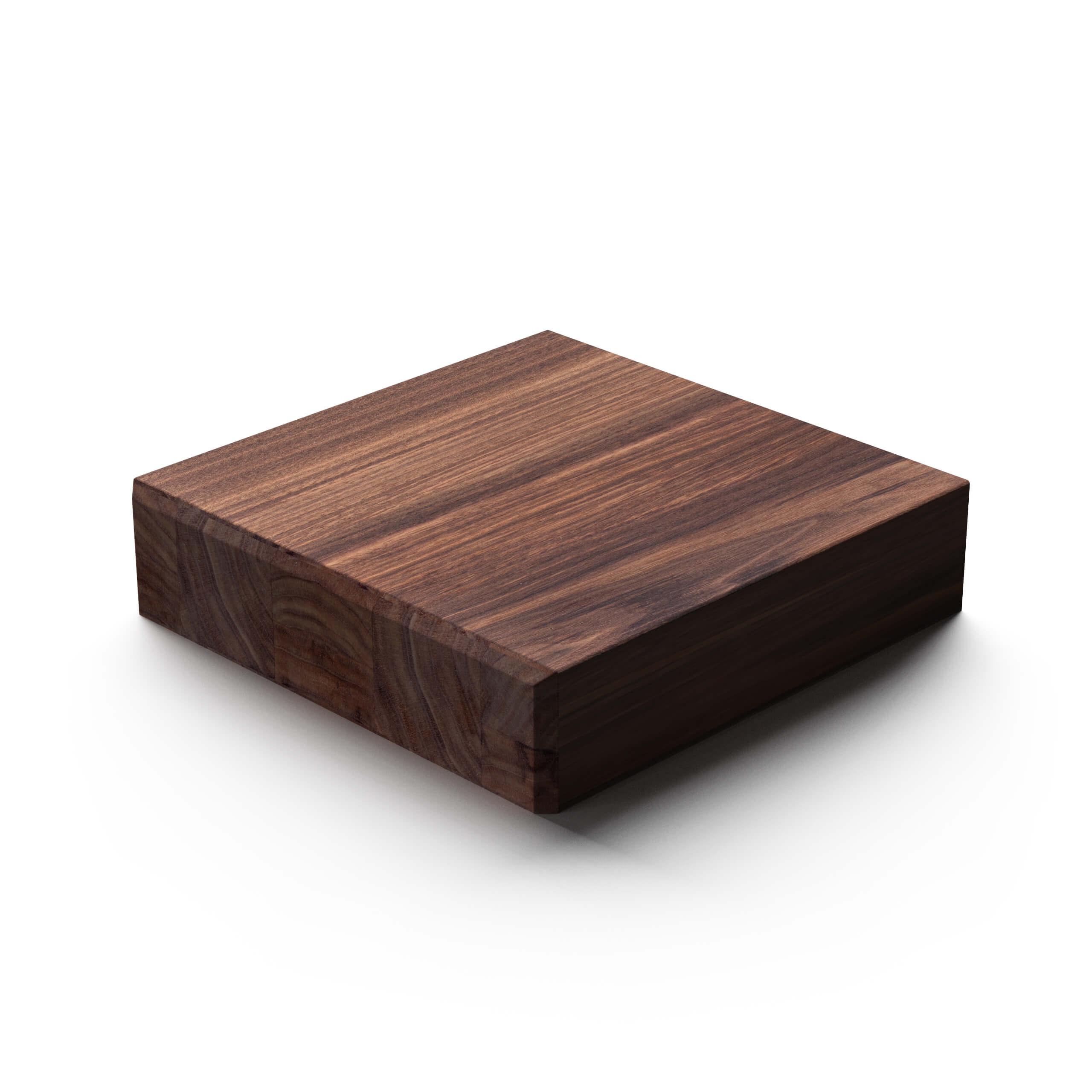
Europe & America
WALNUT
The walnut, which is a noble hardwood, provides an exceptionally beautiful wood that has been one of the preferred luxury woods for centuries and in all eras and styles. It is often even considered the most valuable of all European timbers. Originally valued in Asia for its valuable fruits, the walnut tree was brought to Europe in ancient times, where initially only its nutritious fruits were in the foreground. It was only under Charlemagne, around 800 AD, that large-scale cultivation of walnut trees began in Europe.
Advantages: Walnut has a beautiful, dark color and a lively grain. It's hard enough to withstand cuts, but not so hard that it dulls knives.
What to look for: Walnut requires regular care to maintain its color and texture. It is slightly softer than other woods and can therefore be scratched more easily.
ENDGRAIN VARIANTS:
End wood, also called end wood or end grain, refers to the surfaces of wood that are cut transversely to the longitudinal axis or grain direction. On these surfaces, the annual rings are visible as circles or circle segments.
We also offer many of our types of wood as end grain variants.
End grain cutting boards are very resistant to Cuts and tears, which guarantees a long service life. They are also gentle on knives because the wood fibers give way, meaning that knives stay sharp for longer.
Please note: End-grain cutting boards require regular oiling and careful care and are slightly heavier.
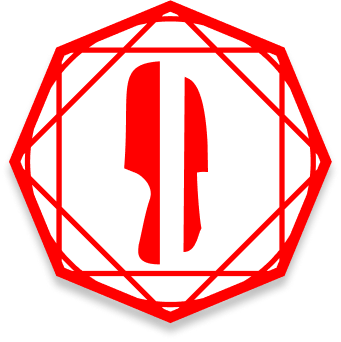
TEST THE BEST
Try it at home now for 30 days. With your own knives.
Either completely convinced, or your money back.
NO QUESTIONS ASKED.
>> Details

WORKSHOP SERVICE
We recondition worn boards.
FOR A MAXIMUM LIFESPAN.
>> Details









![[KS] PHOENIX | WORKTOP Maple end grain](http://frankfurter-brett.de/cdn/shop/files/PHOENIX_TOP_AHORN.jpg?v=1715755880&width=120)
